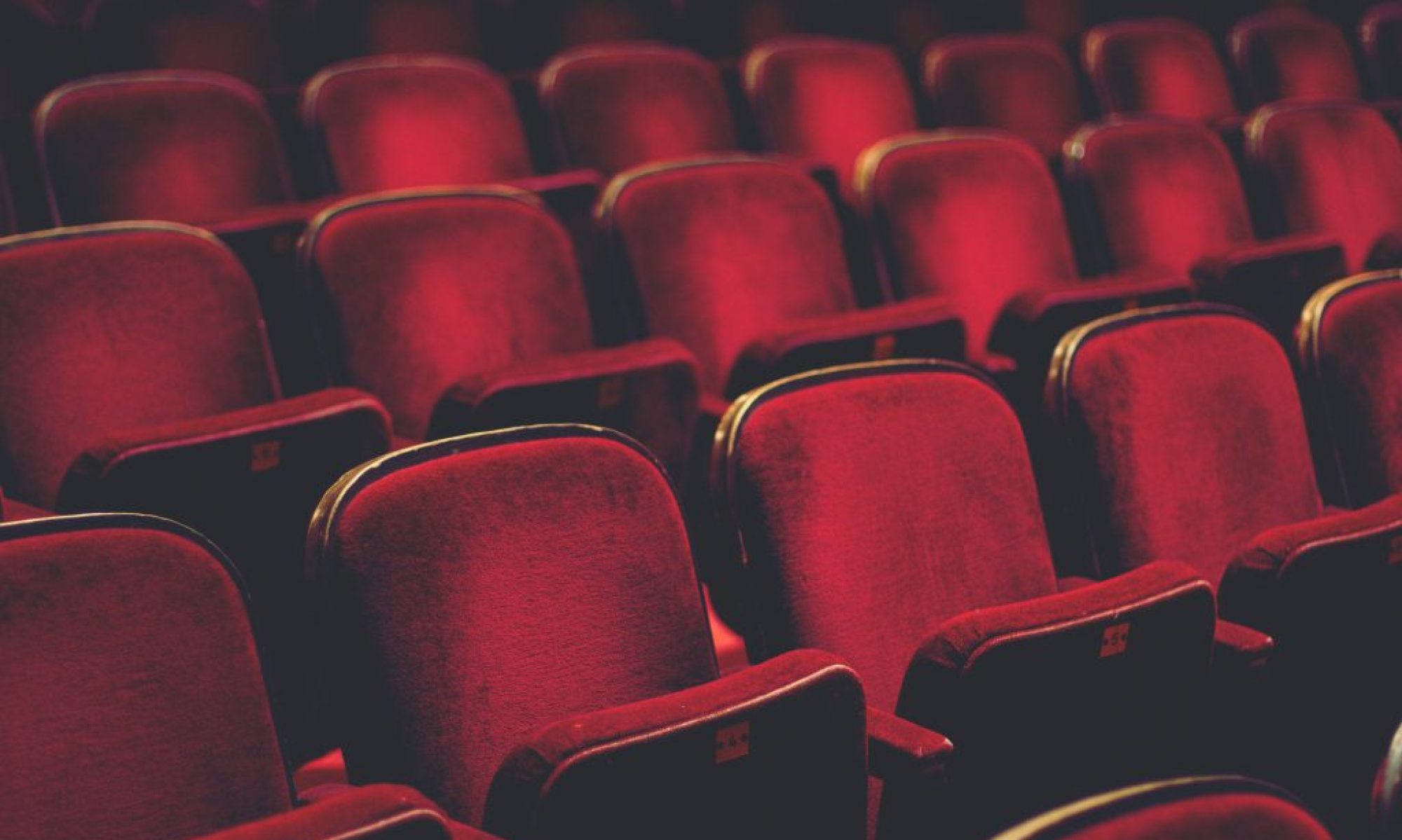Sometimes an impression leaves a lasting memory. When I began attending Broadway theater in the mid-1970’s, the group school trips focused on the big musicals. During this period of consuming Shenandoah, Annie and A Chorus Line, there were other marquees which drew my attention. One was for colored girls who have considered suicide / when the rainbow is enuf. Another was Elizabeth Swados’ Runaways. With this revival, I have finally managed to experience these unique and intense theatrical pieces.
The year before I started blogging, Runaways had a short summer Encores! Off Center revival. I loved the show and was surprised that it didn’t seem dated. The subject was children who had run away from their homes and were living on city streets. Both for colored girls and Runaways were elevated to Broadway via Joseph Papp and the Public Theater. The institution that nurtured A Chorus Line also – and significantly – brought bold new voices to uptown audiences.
Ntozake Shange wrote her play based on personal experiences and observations. The Lady in Orange “convinced myself that colored girls had no right to sorrow and I lived my life that way.” All of the seven ladies are represented by a color. Yellow is still developing: “being a woman and being colored is a metaphysical dilemma I haven’t conquered yet.”
This piece was written as a “choreopoem,” a collection of individual poems with frequent music and dance. There is a true bonding of sisters. Brown wants to sing a black girl’s song which has been “closed inside so long, she doesn’t hear the sound of her own voice.” The sheer volume of gorgeous prose and deep introspection is staggering. The work was written “for colored girls who have considered suicide / but are moving to the ends of their own rainbows.”
Originally performed in bars and other downtown spaces, this play managed to hit the mainstream (at least in New York). The Broadway run was 742 performances and included a Tony nomination for Best Play. How rare a feat? This was only the second play written by an African American woman to be produced on the aptly named “Great White Way.” It was produced seventeen years after Lorraine Hansberry’s A Raisin in the Sun. This trailblazing work lives up to its reputation.
This collection of poetry covers many topics from living in Harlem to rape and abortion. Men and relationships are dissected to release their pain. The Lady in Red’s blistering monologue “a nite with beau willie brown” recalls the arc of one young lady from thirteen to twenty two. In the original production, Trazana Beverley won a supporting actress Tony for her rendition. Jayme Lawson’s interpretation in this show stopped my breath.
The singular finest moment in a tempest of excellence, pain and partial healing belongs to the Lady in Green (Okwui Okpokwasili). This poem is called “somebody almost walked off wid alla my stuff.” Her stuff is metaphysical. The title is repeated throughout this monologue. Each time Ms. Okpokwasili lands that line, her eyes widen, boring through the listener. Her realization explodes as her percolating outrage is laid out raw. The writing and acting is riveting.
There is a lot of movement in for colored girls. The Lady in Orange tells us that “We gotta dance to keep from cryin’.” This section is named “no more love poems #1.” Ms. Shange is perhaps communicating her own personal chrysalis. She could not stand being “sorry & colored at the same time. It’s so redundant in the modern world.”
I found myself thinking for colored girls was both a psychological breakthrough for the author and a remarkably brave outreach to her sisters. The seven women listen to each other’s stories and provide noticeable support and nods of recognition. One says that she is finally being real and “no longer symmetrical and impervious to pain.” Fans of lyrical language and expressive emotions have plenty to savor in this groundbreaking work of art.
I happened to see the performance of this play on the one year anniversary of Ms. Shange’s death. At the curtain call, there was a pause of silence in her honor. A fitting tribute in the theater where her work transitioned from beloved to famous. After all these years, I am thrilled to have finally encountered this long overdue revival. It reminds me why the Public Theater was and is vital to our theatrical community. It implores us to listen to voices which are not our own. And, most importantly, for colored girls shows how one person’s life can inspire and help change the world.
for colored girls who have considered suicide / when the rainbow is enuf is running at the Public Theater through December 8, 2019. I strongly advise not ordering seats on the stage.
theaterreviewsfrommyseat/retropsectiveseries/shenandoah
